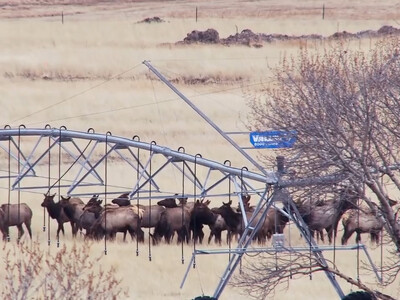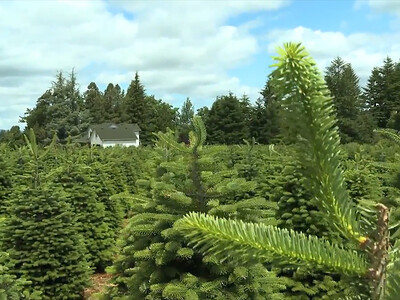Weak Calf Syndrome Product Update
Hi everybody it's time for your Land and Livestock Report here on the Ag Information Network of the West-I'm Russell Nemetz.
Spring calving season is right around the corner. We heard your concerns last year of unexplained death losses in newborn beef calves. In the 2017 Weak Calf Syndrome (WCS) project at WSU, we documented that 42% of responding herds experienced WCS in 2017, increased from 18% in 2016. WCS applies to calves that are born full term and are stillborn or weak, or may be born normal and die within two weeks of birth without an obvious reason for death. They may have difficulty sucking or standing, and require significant nursing care to keep alive.
WCS was first documented in Montana in 1964. Research from the University of Idaho in 1972 showed that feeding hay with less than 10% crude protein resulted in WCS and it was then recommended to feed greater than 12% CP hay for the last 60 days before calving. Calves of cows fed less protein produce less heat, which could contribute to why it seems that WCS increases in colder winters.
In our study, cases of WCS were reported in 20 counties across Washington State from the Northwest to the Southeast. We had 165 producers answer the Phase I survey. Of those respondents, 51 participated in the more in-depth Phase II survey asking questions about demographics, herd health history, nutritional management, calving and calf management, vaccines, biosecurity, and winter feeding grounds. Analysis of the data gathered shows that 73% of respondents had not tested the nutrient content of their hay. Additionally, 38% of operations providing protein supplements experienced WCS compared to 57% of operations without protein supplementation.
What can you do now? It is not too late to hay test and know what your cows are getting. It would also be beneficial to keep track of how many pounds of hay you are feeding or how many bales and the weight of those bales fed over a period of time. Also, tracking the amounts of mineral and protein supplementation can give a whole picture of what is available to cows.
That's your Land and Livestock Report-I'm Russell Nemetz.


















